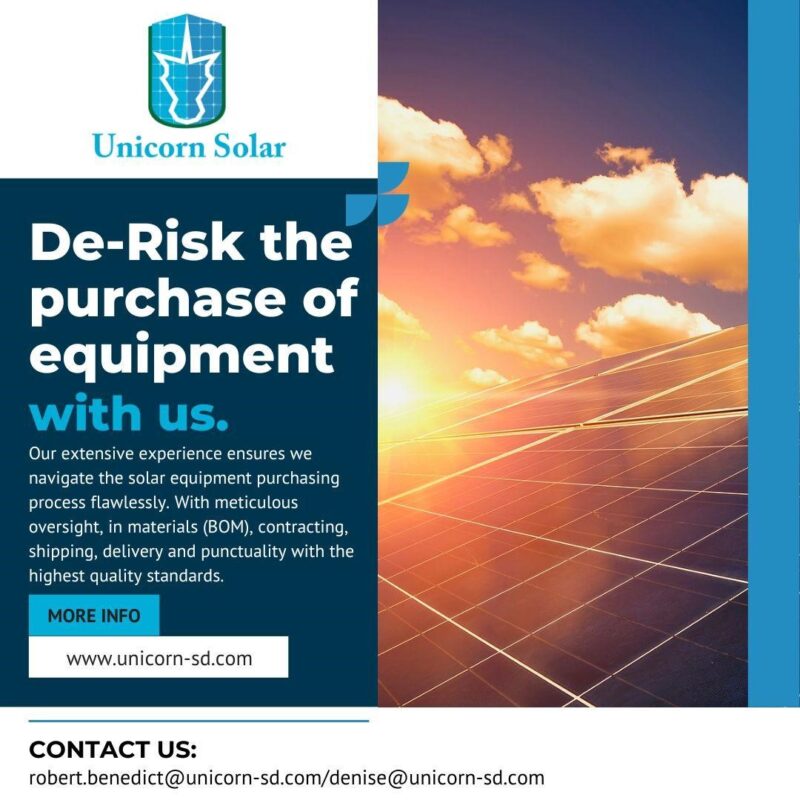
Placing one foot in front of the other even when you get knocked down eventually gets you to where you want to go.
By Jeneane Benedict
Is TopCon Solar Cell Technology the future of the solar industry?
Learn more about TopCon and it’s effect on the solar industry


TopCon Solar Cell Technology: Understanding the Basics:
TopCon’s striking similarity in structure to PERC/PERT solar cells sets it apart, allowing manufacturers to seamlessly integrate this new technology into existing production lines with minimal adjustments.
Structure and Manufacturing of TopCon Solar Cells:
TopCon solar cells can be either n-type or p-type, with the n-type variation demonstrating higher efficiency and resistance to impurities. Building upon the foundation of PERC/PERT solar cells, understanding the structure of TopCon is crucial. PERT solar cells, for instance, utilize an n-type crystalline silicon (c-Si) bulk layer coupled with a p+ emitter layer to form the p-n junction. The emitter layer protects the aluminum oxide (Al2O3) passivating layer, topped with a silicon nitride (SiNx) coating for anti-reflective properties.
In the case of PERC solar cells, the absorber layer replaces a p-type bulk layer and an n+ emitter for the p-n junction. Phosphorous doping is applied to the lower part of the bulk region to create the back surface field, followed by a SiNx coating. Both the top and bottom of the solar cell are equipped with silver (Ag) or aluminum (Al) contacts, facilitating circuit closure during the manufacturing of the PERC/PERT solar panel.
Advantages of TopCon Solar Cell Technology:
Enhanced Efficiency: TopCon technology boasts increased efficiency, maximizing energy production.
Seamless Integration: Manufacturers can adapt existing production lines for TopCon cells with minimal modifications.
Similar Structure: The familiar structure allows for an easy transition from PERC/PERT technology.
Resistance to Impurities: The n-type variation proves more resilient against impurities.
Comparison with Other Solar Technologies: TopCon solar cells, with their advanced structure and manufacturing process, outshine traditional solar technologies like PERC and PERT in terms of efficiency, adaptability, and overall performance.
Advantages & Disadvantages of TopCon Solar Cells
The advantages:
Little Capital Investments for PERC/PERT Manufacturers: TopCon technology is an upgrade of PERC/PERT solar cells with minimal differences on our production line. We can ensure the same quality standards.
Higher Efficiency: TopCon solar panels exhibit higher efficiency, with reported efficiencies surpassing 25% in some cases.
Better Performance Due to Lower Temperature Coefficient: PV modules’ performance is affected by temperature variation, hence the importance of having optimized temperature coefficients, enhancing performance in extreme weather conditions.
The table below illustrates the difference between the temperature coefficients of PERC and TopCon modules.
15% Higher Bifacial Factor: PERC PV modules typically have a bifacial factor of around 70%.TopCon solar panels can achieve an impressive bifacial factor of up to 85%, potentially increasing power gains by 2%.
Disadvantages:
Several Challenges in the Manufacturing Process: Challenges include differing opinions on the best technique for boron deposition. Clean room conditions requirements vary, and the current selective emitter may not apply to the TopCon front emitter.
Higher Silver Requirement Equals Higher Price: TopCon solar cells demand more silver for contact printing. Reducing costs while maintaining efficiency is crucial for TopCon to enter the market at competitive prices.
Present and Future of TopCon Solar Cells:
Revolutionizing Solar Panel Design: TopCon solar cell technology stands as a revolutionary upgrade to the design of PERC/PERT solar panels. Its advancements have already demonstrated remarkable efficiencies, approaching the Shockley-Queisser limit for single p-n junction solar cells and showcasing superior overall performance.
Cost Considerations:
Initial costs for TopCon solar cell technology may be slightly higher than those of PERC/PERT solar panels. However, industry analysts project a decline in the cost of TopCon solar panels, eventually surpassing the affordability of current PERC solar cell technology.
Competitive Landscape:
The solar industry is gradually embracing TopCon solar cell technology, with notable launches underway. Automated production lines have offered the same quality in every solar module since day one, as customer’s interests are always considered. It is Unicorn’s mission to offer the best products for any solar project :
While TopCon solar cell technology shows great promise, it faces competition from other evolving technologies. Notable contenders include Heterojunction (HJT): As HJT undergoes further development, it presents an intriguing potential competitor.
Conclusion: TopCon solar cell technology’s journey represents a transformative phase in the solar industry. With proven efficiencies and advancements in performance, it is positioned to play a pivotal role in the future of solar energy. While initial costs may present a challenge, the expected cost reduction and industry-wide adoption signal a bright future for TopCon solar panels. As the technology matures, observing how it navigates the competitive landscape and contributes to the ongoing evolution of clean energy solutions will be fascinating.

Please contact Karlita.benedict@unicorn-sd.com,Denise@unicorn-sd.com or robert.benedict@unicorn-sd.com
